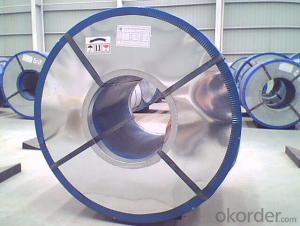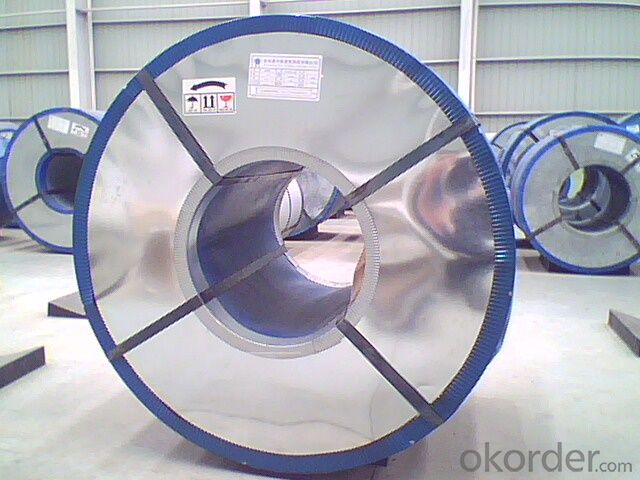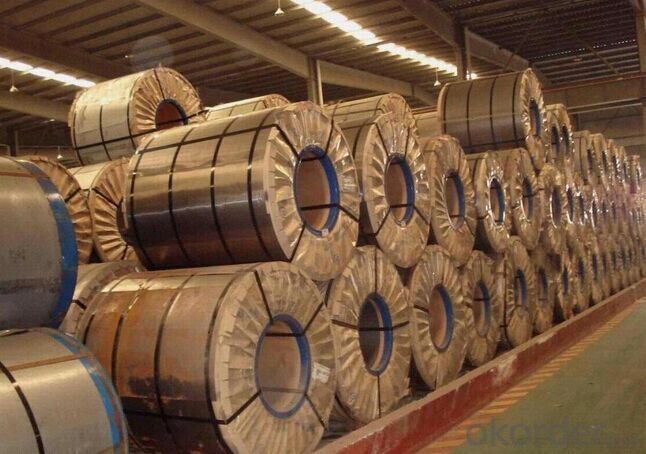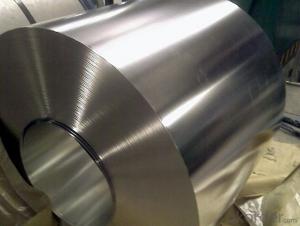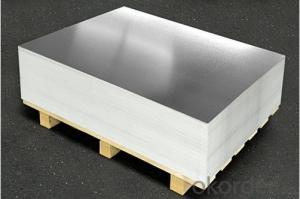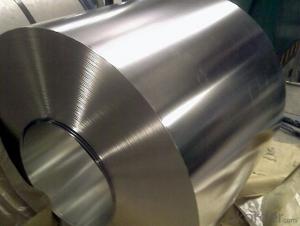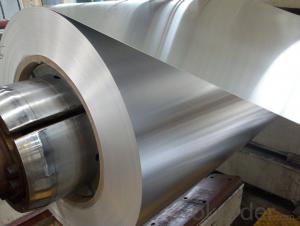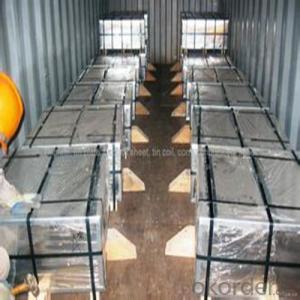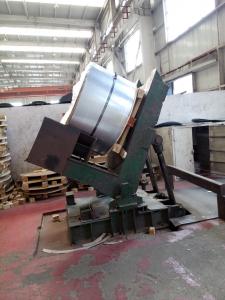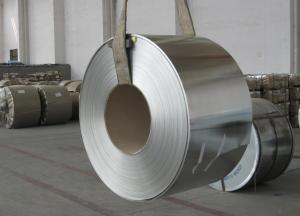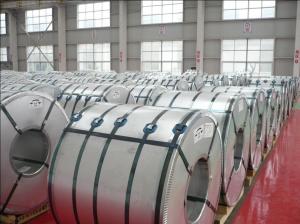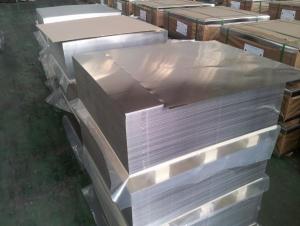Prime Electrolytic Tinplate Coils for Oil Cans in Good Pirce
- Loading Port:
- Tianjin
- Payment Terms:
- TT OR LC
- Min Order Qty:
- 25 m.t.
- Supply Capability:
- 30000 m.t./month
OKorder Service Pledge
OKorder Financial Service
You Might Also Like
1.Structure of Prime Electrolytic Tinplate Coils for Oil Cans Description
Electrolytic Tin Plate Coils and Sheets for Foods Metal Packaging, is one thin steel sheet with a coating of tin applied by electrolytic deposition. Tinplate made by this process is essentially a sandwich in which the central core is strip steel. This core is cleaned in a pickling solution and then fed through tanks containing electrolyte, where tin is deposited on both sides. As the strip passes between high-frequency electric induction coils, it is heated so that the tin coating melts and flows to form a lustrous coat.
2.Main Features of the Prime Electrolytic Tinplate Coils for Oil Cans
Appearance – Electrolytic Tin Plate is characterized by its beautiful metallic luster. Products with various kinds of surface roughness are produced by selecting the surface finish of the substrate steel sheet.
Paintability and printability – Electrolytic Tin Plates have excellent paintability and printability. Printing is beautifully finished using various lacquers and inks.
Formability and strength – Electrolytic Tin Plates have got very good formability and strength. By selecting a proper temper grade, appropriate formability is obtained for different applications as well as the required strength after forming.
Corrosion resistance – Tinplate has got good corrosion resistance. By selecting a proper coating weight, appropriate corrosion resistance is obtained against container contents. Coated items should meet 24 hour 5 % salt spray requirement.
Solderability and weldability – Electrolytic Tin Plates can be joined both by soldering or welding. These properties of tinplate are used for making various types of cans.
Hygienic – Tin coating provides good and non toxic barrier properties to protect food products from impurities, bacteria, moisture, light and odours.
Safe – Tinplate being low weight and high strength makes food cans easy to ship and transport.
Eco friendly – Tinplate offers 100 % recyclability.
Tin is not good for low temperature applications since it changes structure and loses adhesion when exposed to temperatures below – 40 deg C.
3.Prime Electrolytic Tinplate Coils for Oil Cans Images

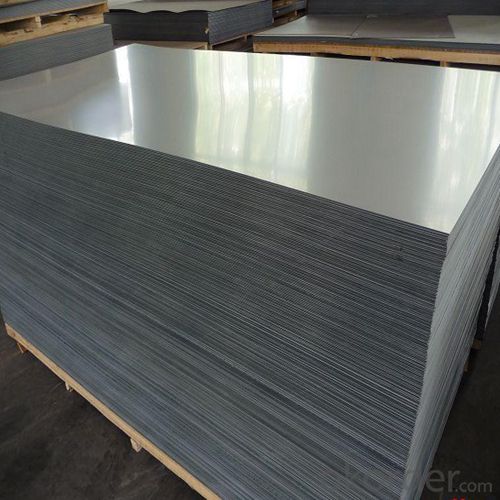
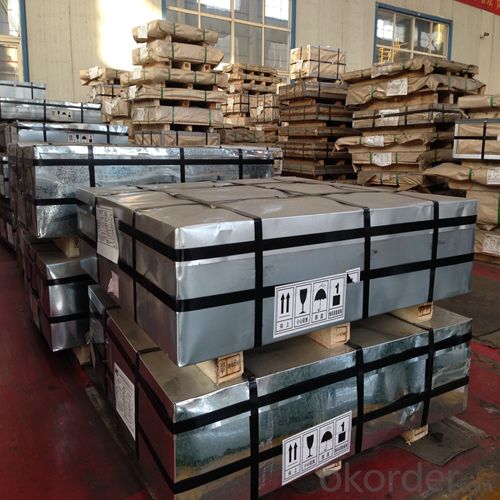
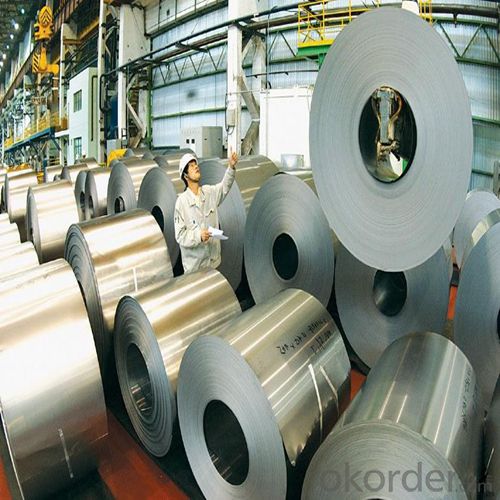
4.Prime Electrolytic Tinplate Coils for Oil Cans Specification
Standard | ISO 11949 -1995, GB/T2520-2000,JIS G3303,ASTM A623, BS EN 10202
|
Material | MR,SPCC |
Thickness | 0.15mm - 0.50mm |
Width | 600mm -1150mm |
Temper | T1-T5 |
Annealing | BA & CA |
Coil Inner Diameter | 508mm |
Weight | 6-10 tons/coil 1~1.7 tons/sheets bundle |
Passivation | 311 |
Oil | DOS |
Surface | Finish,bright,stone,matte,silver |
5.FAQ of Prime Electrolytic Tinplate Coils for Oil Cans
-What your tinplate material is used for ?
Tinplate is widely used for the packaging of products. Such as food cans,
beverage cans, pet cans, closures, general line cans and so on.
Printed Tinplate is offered!!
- How is your quality ?
All our quality is prime even the secondary quality . We have many years experience
In this field with serious quality control standard . Advanced equipment, We welcome your visit to our factory .
- Q: What are some common tinplate products?
- Some common tinplate products include food cans, beverage cans, aerosol cans, metal closures, and tinplate packaging for various consumer goods.
- Q: How is tinplate coated with protective lacquer?
- Tinplate is coated with protective lacquer by first cleaning and pre-treating the surface to remove any contaminants. Then, a thin layer of lacquer is applied onto the tinplate using various methods such as roller-coating or spray-coating. The lacquer acts as a barrier, protecting the tinplate from corrosion, oxidation, and other external factors that may affect its quality and durability.
- Q: How does tinplate handle exposure to different atmospheric conditions?
- Tinplate is known for its excellent resistance to atmospheric conditions. It is highly resistant to corrosion and can withstand exposure to different environmental factors, such as moisture, humidity, and temperature variations. The tin coating on the tinplate acts as a protective layer, preventing the base metal from coming into direct contact with the atmosphere and thus reducing the risk of rusting or oxidation. This makes tinplate a suitable material for various applications, including packaging, construction, and automotive industries, where it needs to withstand different atmospheric conditions.
- Q: What are the different types of tinplate welding techniques?
- There are several types of tinplate welding techniques, including spot welding, seam welding, and projection welding.
- Q: How does tinplate contribute to the sterility of medical equipment?
- Tinplate contributes to the sterility of medical equipment by providing a protective barrier that prevents contamination. It is highly resistant to corrosion and can withstand high temperatures during sterilization processes, ensuring that the equipment remains free from microorganisms. Additionally, tinplate's smooth surface prevents the growth of bacteria and facilitates easy cleaning, further enhancing the sterility of medical instruments.
- Q: Tin cans in what way sterilization good ah
- Water spray sterilization: this approach is the use of spray nozzle or tube hot water to the food, sterilization process is based on tinplate surface ends protruding, must exert anti pressure, especially for higher temperature sterilization of canned meat
- Q: How does tinplate contribute to the protection of pharmaceutical products?
- Tinplate contributes to the protection of pharmaceutical products by providing a secure and durable packaging solution. Its corrosion-resistant properties help prevent contamination and maintain the integrity of the products, ensuring their safety and effectiveness. Additionally, tinplate's opaque nature protects the pharmaceuticals from light exposure, which can degrade certain formulations.
- Q: How does tinplate compare to plastic in terms of sustainability?
- Tinplate generally has a better sustainability profile compared to plastic. Tinplate is made from steel, which is a widely recycled material, and it has a high recycling rate. Plastic, on the other hand, is derived from fossil fuels and has a lower recycling rate. Tinplate is also more durable and can be reused multiple times, whereas plastic is often single-use and ends up in landfills or as litter. Additionally, tinplate has a lower carbon footprint and contributes less to environmental pollution compared to plastic. Overall, tinplate is considered a more sustainable packaging option.
- Q: Can tinplate be used for agricultural applications?
- Yes, tinplate can be used for agricultural applications. It is commonly used for packaging agricultural products such as canned foods and beverages. Additionally, tinplate can be used for constructing storage containers, agricultural machinery components, and various farming equipment. Its corrosion resistance and durability make it suitable for these applications in the agricultural industry.
- Q: Can tinplate be used for jewelry and fashion accessories?
- Yes, tinplate can be used for jewelry and fashion accessories. Tinplate is a versatile material that can be shaped and molded into various designs, making it suitable for creating fashionable and trendy accessories. Additionally, tinplate can be coated with different finishes such as gold or silver, further enhancing its appeal for use in jewelry and fashion accessories.
Send your message to us
Prime Electrolytic Tinplate Coils for Oil Cans in Good Pirce
- Loading Port:
- Tianjin
- Payment Terms:
- TT OR LC
- Min Order Qty:
- 25 m.t.
- Supply Capability:
- 30000 m.t./month
OKorder Service Pledge
OKorder Financial Service
Similar products
Hot products
Hot Searches
Related keywords
